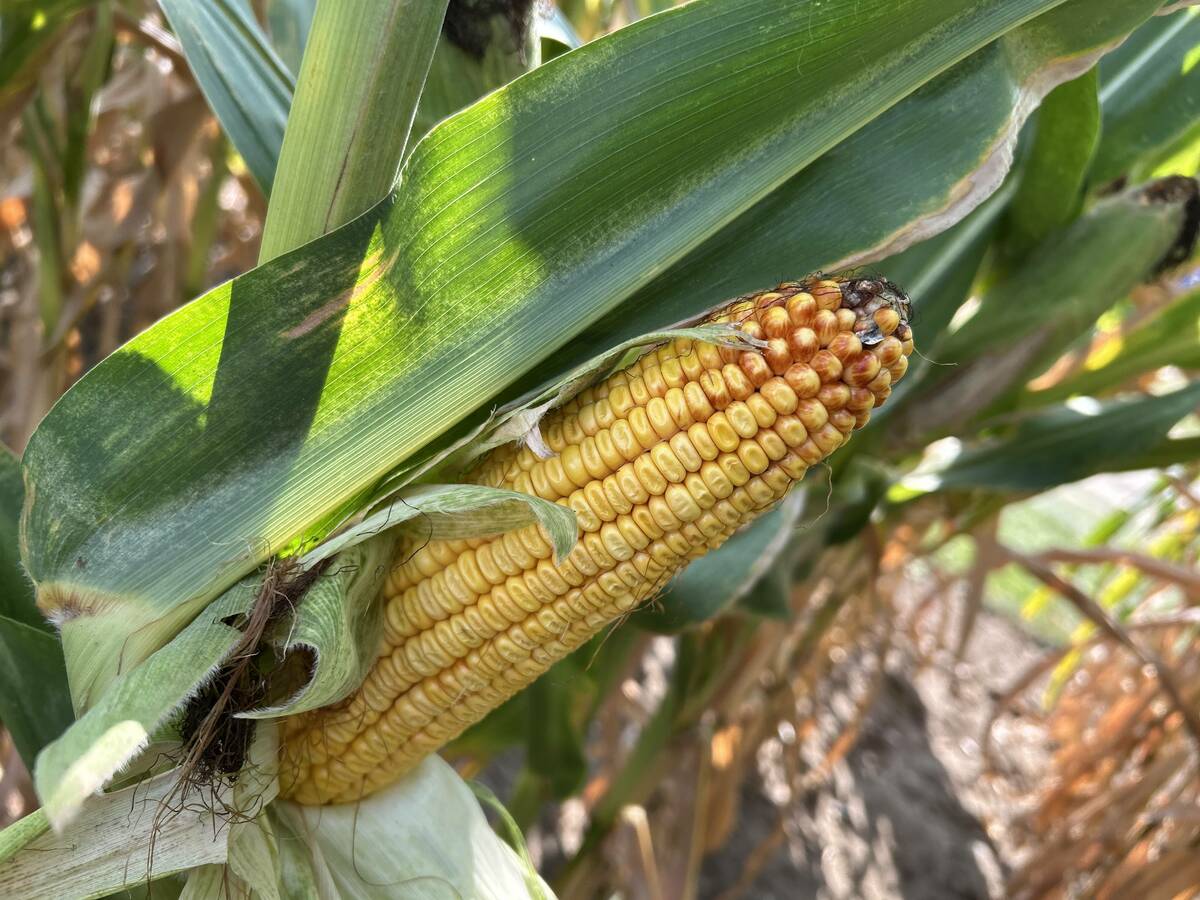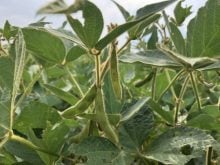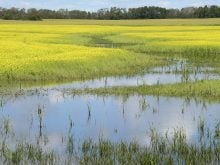Provincial and federal negotiations are underway over future funding for the popular Environmental Farm Planning program, said Wanda McFadyen, executive director of the Farm Stewardship Association of Manitoba.
“I think this program has been the one program that has led to more changes on farms across Canada than any other,” said McFadyen.
“It will also have long-lasting benefits as we go on.”
Although some resources still remain in the kitty, the amount of funding available has been winding down ahead of the new Growing Forward initiative, for which $1.3 billion over the next five years is pledged.
Read Also

Crop estimates show mixed results
Model-based estimates used by Statistics Canada showed the 2025/26 crop year has seen increases in canola, corn for grain, oats and lentils production while seeing dips in spring wheat, durum wheat, soybeans and barley in comparison to 2024/25.
McFadyen said priorities under the new version of the program may shift toward water quality and combating climate change.
“We’re hoping that this is just short term and that we can, along with our partners, start rolling out the program in the fall again,” she said.
Since the environmental program was launched in 2006, 6,500 Manitoba producers have participated in the workshops, and 5,600 of those have gone on to have their plan reviewed.
Almost half of the farms in Manitoba, or roughly 8.9 million acres, are now covered by the program.
On-farm improvements under the best management practices guidelines were taken up by farmers lured by the 30 to 50 percent cost-sharing incentive.
“I remember that our federal and provincial partners said we were never going to spend that money. But about a year ago, they were sweating bullets because they had expensed $39 million,” she said, adding that as of March, $34 million had been spent.
The 30 percent cost-sharing for GPS and autosteer systems to improve cropping systems accounted for $11 million of the money paid out in Manitoba, she said.
Winter site management, such as portable windbreaks, cross fencing and water systems, accounted for $3.7 million, while improved manure handling and storage accounted for $2 million.
Nutrient management planning, which covered mainly soil testing costs, used up $1.2 million of the funds budgeted.
Ottawa has put in $5 million to cover expenses this year as the program moves to a new format.
“They are still accepting applications for the project, but to be quite honest, we can’t guarantee approval at this point in time depending on the resources available,” she said.
McFadyen advised producers to call her association or the local Prairie Farm Rehabilitation Administration office on the status of their applications. However, projects that have been approved will be able to tap funding already set aside, she said.














